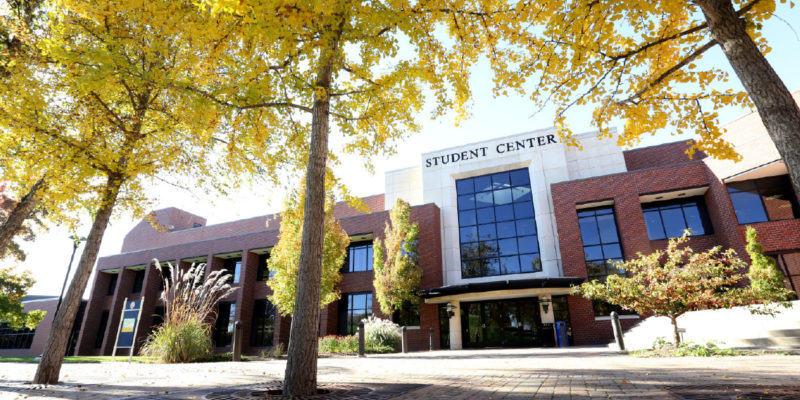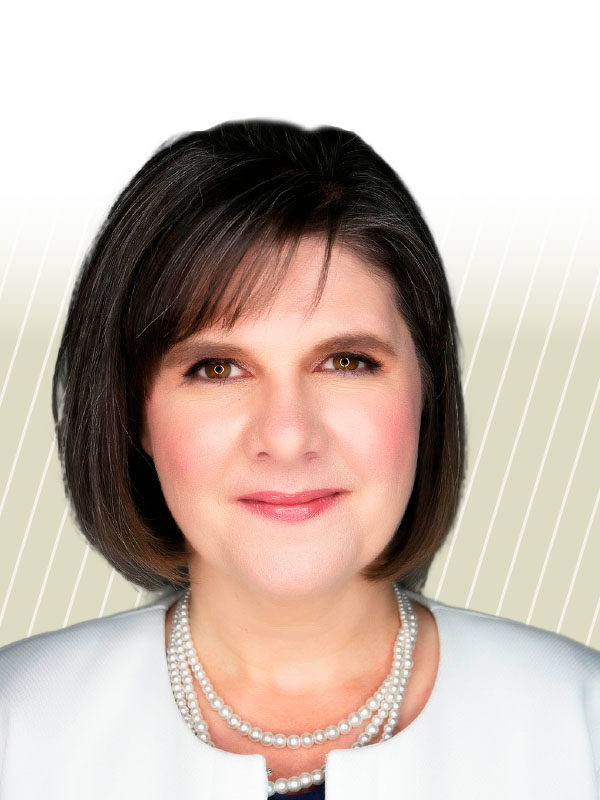She never intended to become a business officer. After working in the private sector for five years, Susan W. Rider took a part-time, temporary position at a local community college—just to find out what it was like to work in higher education. Now, 20 years later, she’s still there.
“I really did not intend to make this my career,” says the director, accounting services and grants, Johnson County Community College (JCCC), Overland Park, Kan. “It was happenstance, although I now can’t imagine doing anything else.”
During your time at JCCC, what process improvement initiatives have you implemented?
My team and I moved the institution away from processes that were paper heavy and initiated the use of more technology-based systems.
We implemented software for our student financial services. We now use online billing and payments so that students can make payments once they have registered. About 85 percent of payments are made online, and 75 percent of refunds are handled electronically so that students receive their funds directly into a bank account.
During this process, what challenges did you encounter?
It has never been difficult to implement a new process or technology. The hard part is getting people to understand why change is important and how to move forward. The first thing that people think about is that they could lose their jobs. And, while we did have to cut back on the extra office help or a part-time position, we did not reduce our full-time staff. For these positions, their jobs did change because we made a shift in what they do and how they do it.
What other paper-saving initiatives did you implement?
When I started in the financial services department, I discovered that almost everything in payroll was paper based. We took a look at our processes and what our enterprise resource planning (ERP) system could handle, and then went through a weeklong training.
Our goal was to address 18 areas for improvement, or manual “pain points,” and within 18 months, turn them into technology-based solutions within our ERP system. We were able to move 16 areas into production within that 18-month time frame. One area of success is payroll processing; it used to take three-and-a-half days to complete payroll, but with these process improvements, it is now takes no more than six hours.

Discuss what you did to make the payroll process more seamless.
Fringe benefits used to be centralized, and at the end of the year we had to do a manual allocation of benefits to different functional areas. We recognized benefits by the high-level functional areas, not departments, so we knew that we were not getting a true understanding of departmental costs.
In order to fix this, we implemented a charge-back process. Once we updated our payroll processes in the system, we were able to allocate the fringe benefits to individual departments. This also helped us with our activity-based costing.
Talk about the activity-based costing model project that you led.
We began the process in 2015 to gain a better understanding of the costs of our academic programs and to make sure that we were allocating our resources effectively. The initial project was funded in part by the Gates Foundation. I got involved to see if we could do the same for the administrative areas.
Initially, we tried to manually download a significant amount of data and calculate direct costs to department areas. At that time we didn’t calculate overhead, but took into consideration only direct costs. We quickly decided that if we wanted to find out the actual cost of a program, we needed to include overhead.
Three years ago, we implemented an activity-based costing system. We reviewed our databases to ensure that we could pull the information and get it into the system so that we could allocate indirect costs. We spent six months pulling data from five different databases and putting the data into the new system.
The next year, we began running reports that modeled the full cost and revenue allocation to the programlevel. We used another year to help people understandactivity-based costing and its importance.
When you do this, you either get big surprises or confirmation of what you think is happening. For example, we know that our career programs won’t generate significant revenue, but our liberal arts areas—English and math—will have positive margins and can help support the costly career areas.
How did faculty members react to this process?
Some were more nervous than others. They didn’t understand why we would even look at this data. In those cases, we wanted to shift the conversation so that they could understand how resource allocation helps make decisions that will better serve our students.
What changes has JCCC made based on the information from its activity-based costing model?
We haven’t made any significant changes as of yet, but we do believe that we will see changes in how and when classrooms are used, and in the number of students required to hold a class, which matters when you consider the cost of a course.
What’s the No. 1 challenge for community colleges?
Enrollment has been declining, so getting students to understand the value of community colleges is important. We’re at a bit of a disadvantage because we’re up against four-year institutions.
There continues to be a great need for workforce development, and community colleges are the best place to get that kind of training. Instead of spending four years at an institution, a student can come here, get certified, and start his or her career after two years. We need to better market what we offer.
What is the proudest moment in your professional life?
It was when I obtained my master’s degree in higher education administration from the University of Kansas, Lawrence. It took me five years to graduate because I pursued the degree part time.
How do you unwind from the pressures of the job?
I like to go to the movies. I love every genre, except for horror. One of my favorite things to do is work on puzzles. I also like to spend time with my husband, Shawn, who is also an accountant, and our 18-year-old daughter, Kate, who is getting ready to graduate from high school and looking at colleges.
This year, I am on the other side of the college experience. It’s different to visit a campus as a parent rather than as an administrator. It has given me a new perspective, and I now understand why parents can be upset or anxious about their child’s transition into college and all the things that go along with such a major change.
MARGO VANOVER PORTER, Locust Grove, Va., covers higher education business issues for Business Officer.



